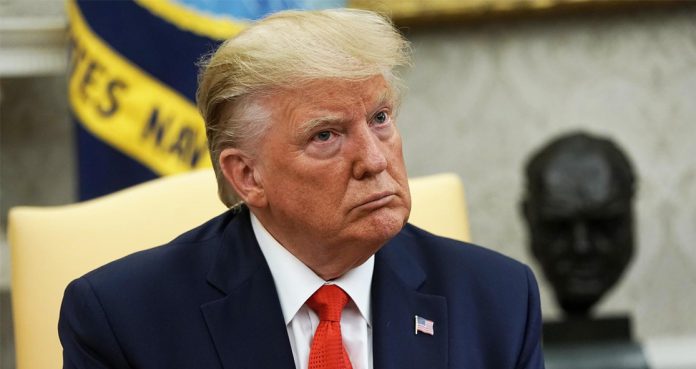On Wednesday, President Trump said that his administration is considering banning all non-tobacco flavored vaping products in the Oval Office meeting.
The Trump Administration is considering the ban after health officials said they are investigating more than 450 cases of respiratory illnesses and 6 deaths related to vaping.
In the same meeting, Alex Azar, the secretary of the Health and Human Services (HHS), announced some plans to the FDA to issue a new set of guidelines on how to take non-tobacco flavored e-cigarettes off the market, which are more appealing to children and teens.
However, it seems that the Trump’s proposal on banning the vaping products is unlikely to take effect because it may take weeks or even months for the FDA to bring out its new policy, according to CBS News.
The editor-in-chief of Kaiser Health News, Dr. Elizabeth Rosenthal, said, “There’ll be legal challenges because this is a big market. They’re gonna have pressure from the health advocates on one side, and from the industry on the other to do something,” she said. “And trying to walk that line is gonna be really tough.”
In 2018, a survey found that at least 1 in 5 high school students used vaping products, which is approximately more than three million children.
The health officials said that the recent surge in serious respiratory illnesses related to vaping products also included substances such as Tetrahydrocannabinol (THC), a compound found in cannabis. This is what made Trump to propose a ban on vaping products.
The first lady Melania Trump also expressed her concern about the ongoing vaping epidemic. She took to Twitter to voice her concern and requested the government to take action on keeping children away from such products.
In August, Juul CEO Kevin Burns told CBS, “I’m sorry that their kids are using the product. But there’s never an intent on the company’s part to target youths.” Recently, Juul said in a statement, “We strongly agree with the need for aggressive category-wide action on flavored products. We will fully comply with the final FDA policy when effective.”






















